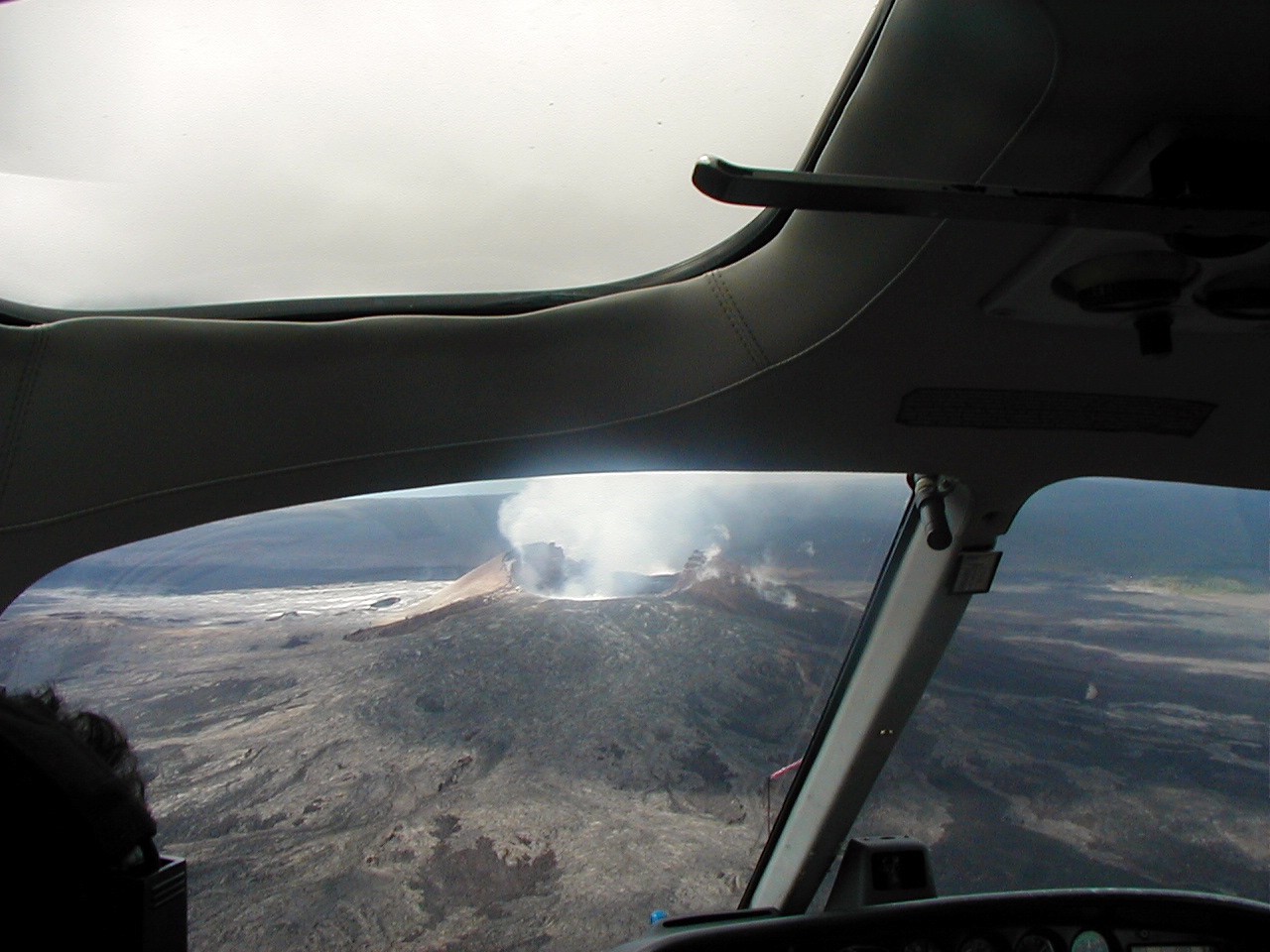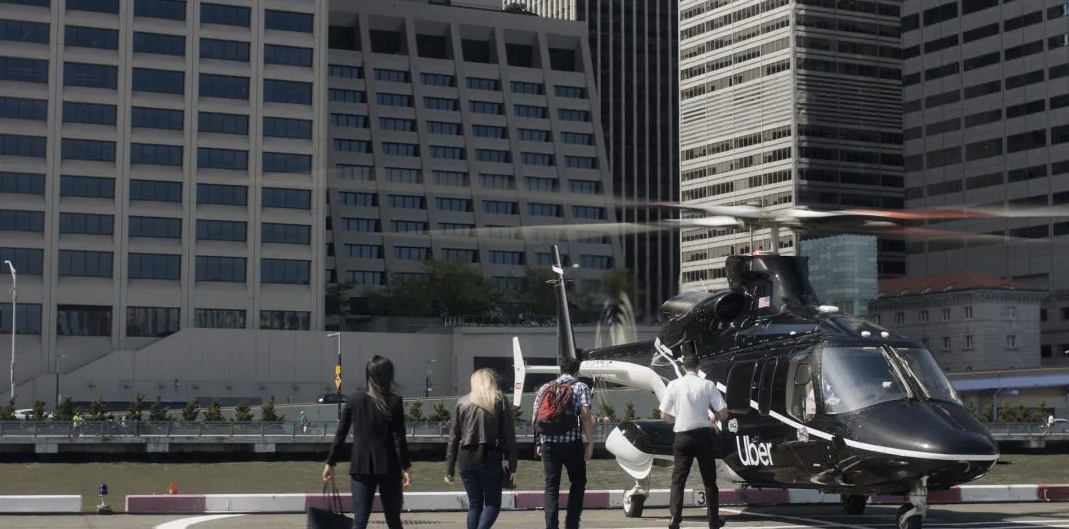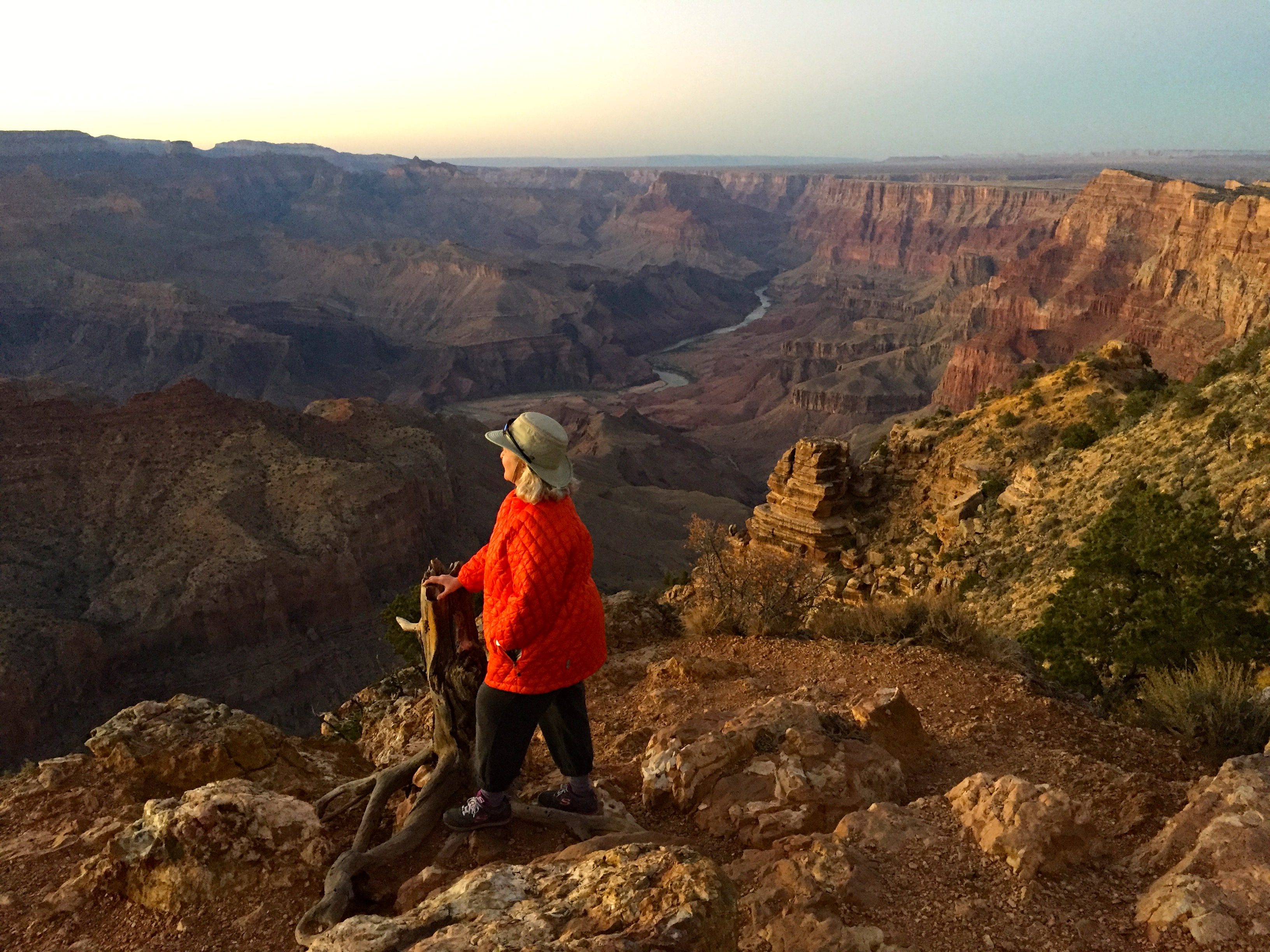Honestly, I don’t like writing articles like this. The underlying reason for this post is a horrific human tragedy. If it were not for the helicopter crash that was responsible for the death of Kobe Bryant, one of his daughters and seven other people, I’d probably not even be writing this post.
It was just a bit over three weeks ago when a tour helicopter crashed in Hawaii, killing the seven passengers aboard. I said nothing. In 2019, when a helicopter headed from New York to my former hometown of Linden, NJ crashed into an NYC skyscraper, killing the pilot, I didn’t reconsider the safety of helicopters. In May 2019, a Blade Helicopter crashed into the Hudson River in NY, but fortunately, there were no fatalities in that crash. The video was something you didn’t want to watch, but I did it anyway.
When a celebrity dies, we all take notice. Including me.
One part of me wanted to look to see the safety record for helicopters. Were they riskier than flying on a small plane? Commercial aircraft? Driving a car? Walking down the stairs?
Unfortunately, the FAA doesn’t make it easy to find out this type of information. Sure, you can find the number of fatal accidents from several years ago with a few Google searches. But what does that number actually mean? I’m more a percentages than a numbers guy. If I don’t know how many helicopter trips there are compared to planes, a number doesn’t give the whole picture.
Having to write this article now, I decided to give up on trying to crunch the numbers and just write about how I feel.
I first felt grief over the loss of Kobe and his daughter. I wasn’t even of his era, and I understand how important he was (I’m more a child of the Larry/Magic and MJ era). Knowing there were seven other people on board, who are mainly going unrecognized, is a testament to how we treat celebrities. I’m writing this article mainly because of that fact.
After getting over the trauma, I did what everyone does. I compartmentalized my feelings and started to think about how this will affect me. How are my attitudes towards helicopters going to be affected by this incident?
I guess that depends on which type of helicopter trip we’re talking about. There are some places you can only see by helicopter.
We took a ride around the Puʻu ʻŌʻō crater when we visited Hawaii, and it was incredible.

I did my research beforehand, and we flew with Blue Hawaiian helicopters, mainly because of their safety record. No company is perfect, but I felt comfortable with our choice.
Would I do this again? I think I would. I made sure the company I was flying with does its best to ensure the safety of its passengers. Not that everyone doesn’t care about safety, but I know that some places just care more than others.
Now, would I take a helicopter ride just to avoid some traffic? Probably not. However, that’s an option when we visit New York. When looking at UBER at ways to get from JFK to Manhattan, one of the options is Uber Copter.

Uber Copter is available for booking Monday through Friday from 2-6pm ET, for trips between Manhattan and JFK International Airport. Book a seamless, multimodal journey—including an Uber ride to and from the heliports—with just a few taps.
Get picked up or dropped off anywhere in Manhattan below 110th Street. There are also additional areas in Brooklyn that you may book your ride for pick up or drop off—just check your app for the latest availability.
I’ve seen this option show up when I was looking for a ride to the airport. A trip by helicopter wasn’t that much more expensive than taking an Uber X, and it would be much faster than sitting in NY traffic on the Belt Parkway.
But really, I could just take the LIRR to JFK. In the end, it wouldn’t take much more time. If there was a rare chance of having a train accident, there’s a much smaller chance that I’d die than if I was in a helicopter accident.
That’s the real fear when traveling by helicopter. When a helicopter crashes, it just seems like that’s a finality. If you hear that someone walked away from a helicopter crash, you think that they must have been incredibly lucky. It’s more likely that someone will survive a plane crash. Even more likely they’ll survive a train crash or a car crash. Car manufacturers make commercials about how you’re likely to survive a horrific crash in one of their cars.
Not so for helicopters. Or I think that’s the case as it’s almost impossible to know for sure as I’ve never seen one.
Final Thoughts
What’s there for me to think about this scenario? I’m not a pilot. I don’t know how safe helicopters are. There’s no easily accessible data to let me know how safe traveling in a helicopter is.
What should I do?
For me, I’m going to avoid unnecessary travel in a helicopter. If I want to get to JFK from Manhattan or Brooklyn, I’ll take the subway, train or Uber/Lyft. If I’m at the Grand Canyon, maybe I’ll go on a helicopter ride. Or perhaps I’ll just drive along the South Rim for a while to get this view at sunset.

Is a better view worth your life? I can’t imagine so. Your Mileage May Vary.
Like this post? Please share it! We have plenty more just like it and would love it if you decided to hang around and get emailed notifications of when we post. Or maybe you’d like to join our Facebook group – we have 10,000+ members where we talk and ask questions about travel (including Disney parks), creative ways to earn frequent flyer miles and hotel points, how to save money on or for your trips, get access to travel articles you may not see otherwise, etc. Whether you’ve read our posts before or this is the first time you’re stopping by, we’re really glad you’re here and hope you come back to visit again!
This post first appeared on Your Mileage May Vary

1 comment
As a long time Certified Flight instructor I always taught my students the difference between legal and safe. If you need a Special VFR clearance to fly, that means the weather is IFR. You should then fly IFR or do not fly. This goes for flat terrain. I couldn’t imagine requesting to fly under Visual Flight Rules in low visibility with rising terrain. I don’t care how skilled or experienced a pilot is , it shouldn’t be legal. You should be on a precise flight path and on Instrument rules when visibility is less than 3 miles , especially with rising terrain and people onboard. I cannot understand why pilots fly like this.
#1 death trap in General Aviation = controlled flight into terrain. #1 way to avoid it. Fly IFR in low vis!! Or don’t fly.